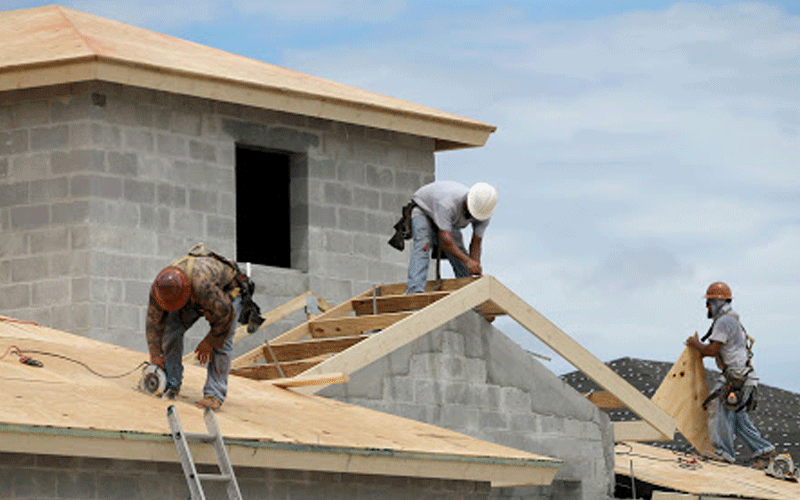Outdated land policies hurt affordable housing scheme
By Steven Umidha, April 27, 2021Kenya’s affordable housing dream will remain just that, a fantasy, if correct land policies are not put in place, according to private developers.
They say inaccessibility of land has limited their chances of taking part in the ambitious project.
It is estimated that the country has an annual housing demand of 250,000 units against a supply of 50,000 units real estate developers put up every year, which represents a housing deficit of two million units, or 80 per cent shortfall.
Coupled with the endless land speculation and hoarding, private developers say lack of correct land policies will make it almost impossible to complement the government’s Big Four’s 500,000-unit Affordable Housing Programme.
“Government alone cannot fix the housing deficit on its own. To accelerate development of affordable housing units, the government can offer infrastructural support in the form of availing land for putting up the housing units,” Mizizi Homes CEO George Mburu said in an interview.
Chunks of land
Even worse, Edward Kariuki, an architect and director at Delta Homes Ltd, says huge chunks of land that would be ideal for large affordable housing projects have been parceled out by speculators who have no intention of building houses for sale or rental.
“While there is nothing inherently wrong or illegal in speculating in land and other assets, the widespread practice of subdividing land into small plots is largely to blame for skyrocketting prices in Nairobi and other urban areas,” he said in a recent interview.
For instance, a 50 by 100 feet piece of land in Juja, Kiambu County that previously sold for about Sh1 million in 2012 is now priced at Sh8.5 million or more, more than 750 percent increase.
In Ruaka, also a populated neighbourhood in Kiambu County, where an acre piece of land would cost about Sh40 million in 2016 they now sold in excess of Sh100 million.
Due to that inequality, private developers consider the worrying trend which is in most parts of the country and especially Nairobi, its environs and now Mombasa County to be the biggest cause of the escalating cost of home ownership among Kenyans while at the same time preventing potential investors from taking part in such projects.
“The cost of purchasing land takes about 30 per cent of the total project cost. Taking this out would translate to 30 per cent savings that can be passed on to customers in the form of affordable houses,” said Mburu.
Mburu spoke during the handover of Heritage Estate in Kimunyu Town, Kenyatta Road along Thika Superhighway, another township where land prices have continued to alarmingly sprout in the last five years.
According to Housing and Urban Development Principal Secretary Charles Hinga, cost of land, unaffordable credit and financing rates, lengthy property registration and transfer times and cost of construction and materials are some of main reasons that have made it difficult for the project to fully thrive.
The Park Road project, for instance, which is under the affordable housing project and whose construction started in April 2019 remains the first low-cost housing development to be completed by the national government – four years later since President Uhuru Kenyatta first announced the Big Four agenda.
The government holds thousands of acres of empty or underused public land across major towns – but since the programme was announced, it has offered just a handful of these plots to private investors to build modern, affordable housing on them.
Kenya’s Land Law Policy, designates all land in Kenya as Public, Community or Private.
Through the policy, the Constitution says that the government will ensure all land is put into productive use on a sustainable basis by facilitating the implementation of key principles on land use, productivity targets and guidelines as well as conservation.
But Kenya’s land law reform from the adoption of the National Land Policy in 2009 to the end of 2016, has done little to improve on the policies touching on land ownership.
Regulatory agency
At the centre of these reforms is National Land Commission (NLC) which was to act as an independent regulatory agency that would stand “above partisan politics” emanating from the executive and political elite.
The commission was also to be a counterweight to the Ministry of Lands, which was identified by national commissions and civil society as the institutional epicentre of executive abuse of prerogative and land corruption.
